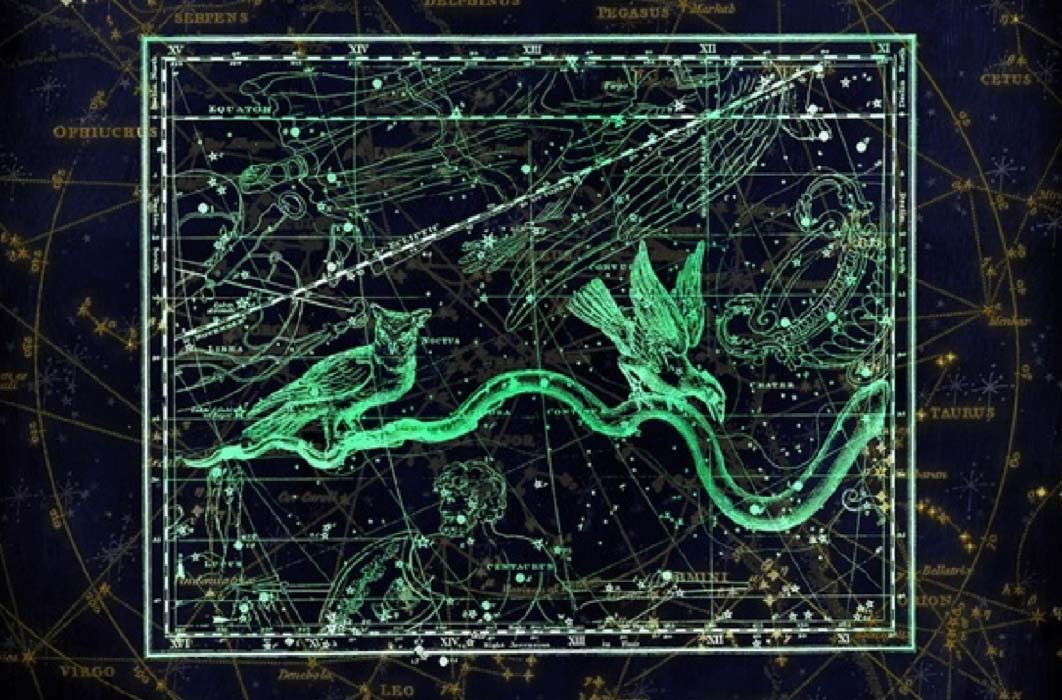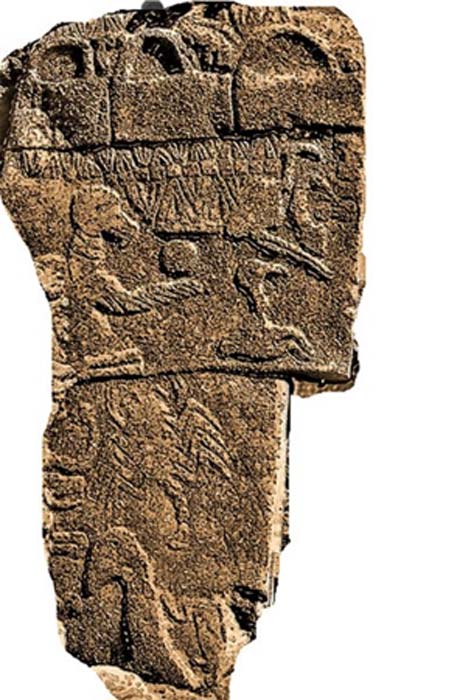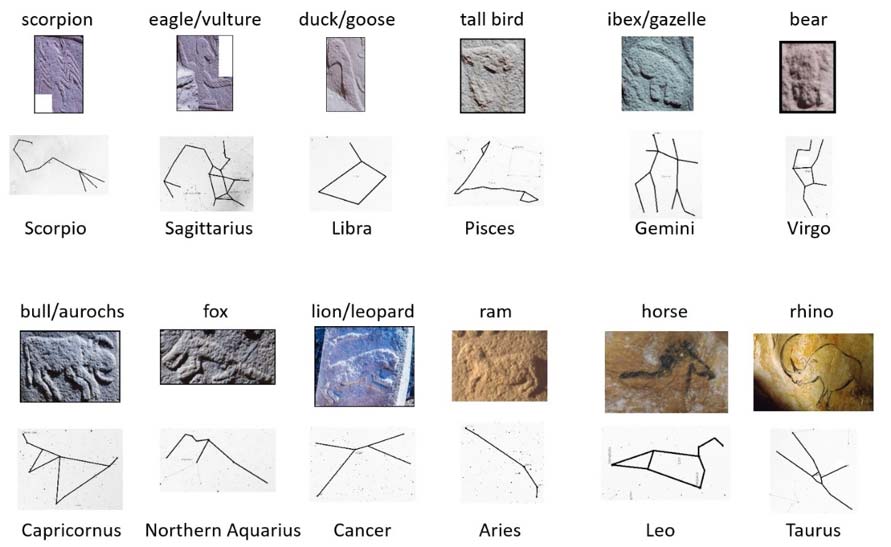
Prehistoric Zodiacal Dating Code Revealed At Göbekli Tepe
Archaeologists agree, Göbekli Tepe changes everything. This hilltop sanctuary in southern Turkey, probably the World’s first megalithic temple, is like a time capsule that dates back nearly 13,000 years to the most extraordinary time in human history; the Younger Dryas impact event. Pillar 43, aka the ‘Vulture Stone’, at Göbekli Tepe is especially important, as it reveals a forgotten astronomical code that opens a window into the minds of ancient people, going back perhaps over 40,000 years. A code that allows one to read about catastrophic events, like the Younger Dryas impact, that is probably the basis of nearly all the world’s religions. There could hardly be a more important discovery.

Göbekli Tepe, southern Turkey, (Teomancimit / CC BY-SA 3.0)
Pilar 43 The Pre-Historic Rosetta Stone
Pillar 43 is like a pre-historic Rosetta Stone. It shows that the people who constructed Göbekli Tepe were, among other things, astronomers who understood how the position of the stars changed very slowly over many millennia, a process called ‘precession of the equinoxes’. Conventionally, Hipparchus of ancient Greece is credited with this discovery in the second century BC. Furthermore, the people of Göbekli Tepe used their astronomical knowledge to encode a date, very likely the date of the Younger Dryas impact, on the pillar. Essentially, Pillar 43 can be interpreted as a memorial to this catastrophic event which potentially sparked the origin of civilisation itself.
While this discovery is profound, by uncovering this ancient astronomical code one is able to decode much more than just Göbekli Tepe. This is because it appears it was used for many tens of thousands of years across Europe and the Near East, from extremely ancient pre-historic times right through to the first millennium AD Pictish Scotland. It seems to cover a quite incredible span of time and geography.

Pillar 43 (Public Domain)
Indeed, it appears to be the key to understanding Palaeolithic cave art, Neolithic shrines, Bronze Age artworks, Egyptian Gods, and Iron Age symbolism. Amazingly, it seems this astronomical code uses the same set of star constellations, more-or-less, that is used today in the West, although most of the animal symbols corresponding to each constellation have changed. Because this system uses the zodiacal constellations to record dates, Dr Sweatman dubbed it ‘zodiacal dating’. In effect, it offers an alternative method for dating ancient artifacts to radiocarbon dating.
The Hohlenstein Stadel Lion Man
The code has been hiding in plain sight, forgotten for well over 1,000 years. The animal symbols corresponding to the zodiacal constellations are evident almost everywhere in ancient art.





